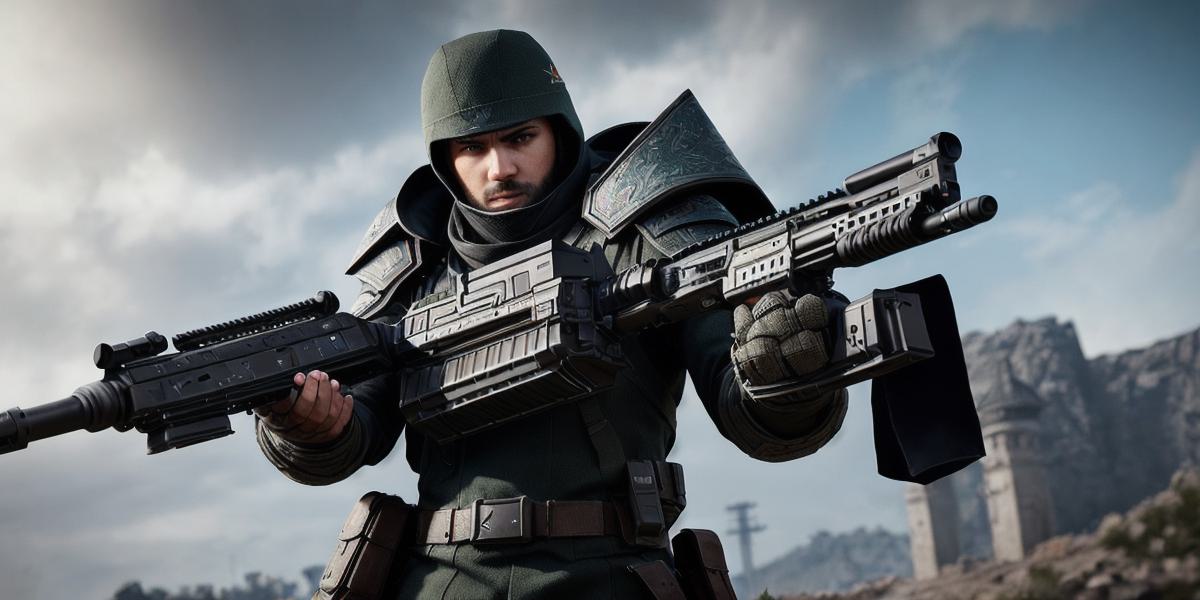Introduction
Valorant is a popular first-person shooter game that requires teamwork, strategy, and leadership skills to succeed. As an in-game leader, your role is critical to the success of your team. In this guide, we’ll cover everything you need to know to become an effective Valorant in-game leader.
Understanding Your Role as an In-Game Leader
As an in-game leader, your primary responsibility is to communicate effectively with your team and make strategic decisions that will help them win the game. You should be able to clearly communicate your expectations, delegate tasks, and provide feedback to your team members. Additionally, you should have a good understanding of the game’s mechanics, such as map control, objective control, and character abilities.
Effective Communication Skills
Effective communication is crucial for success as an in-game leader. You should be able to communicate clearly and concisely, using both verbal and nonverbal cues such as body language and facial expressions. Additionally, you should listen actively to your team members and respond appropriately to their feedback. This can help you build trust with your team and ensure that everyone is on the same page.
Delegating Tasks Effectively
As an in-game leader, it’s important to delegate tasks effectively to your team members. You should have a good understanding of each team member’s strengths and weaknesses and assign tasks accordingly. Additionally, you should provide clear instructions and expectations for each task, and be available to answer any questions or concerns that may arise.
Providing Feedback
Providing feedback is an important part of being an effective in-game leader. You should provide constructive feedback to your team members, highlighting areas where they need to improve and offering suggestions for improvement. Additionally, you should be open to receiving feedback from your team members and use it to improve your own leadership style.
Leading by Example
As an in-game leader, you set the tone for your team. You should lead by example, demonstrating the behaviors and actions that you expect from your team members. This can help build trust and respect with your team and ensure that everyone is working towards the same goal.
Understanding Your Team’s Strengths and Weaknesses
Understanding your team’s strengths and weaknesses is critical for success as an in-game leader. You should be able to identify each team member’s unique skills and abilities and assign tasks accordingly. Additionally, you should be aware of areas where your team may struggle and provide additional support or guidance as needed.
Building Trust with Your Team
Trust is essential for building a successful team. As an in-game leader, you should strive to build trust with your team members by communicating effectively, delegating tasks effectively, providing feedback, leading by example, and understanding their strengths and weaknesses. Additionally, you should be available to listen to your team members’ concerns and take action to address them when necessary.
Case Study: Effective In-Game Leadership in Action
To illustrate the importance of effective in-game leadership, let’s look at a case study of a successful in-game leader. In this case study, we’ll look at how an in-game leader was able to effectively lead their team to victory.
In the final round of a competitive Valorant match, the in-game leader, named Jake, took charge of his team and led them to victory with his effective leadership skills. Jake had a clear understanding of each team member’s strengths and weaknesses, and assigned tasks accordingly. He communicated effectively with his team, providing clear instructions and expectations for each task. Additionally, he provided constructive feedback to his team members, highlighting areas where they needed to improve and offering suggestions for improvement.
Jake led by example, demonstrating the behaviors and actions that he expected from his team. He was able to build trust with his team by being available to listen to their concerns and take action to address them when necessary. Additionally, he had a good understanding of the game’s mechanics, such as map control, objective control, and character abilities.
In the end, Jake’s effective leadership skills helped his team win the match. His clear communication, effective delegation of tasks, constructive feedback, and trust-building skills were critical to their success.

Conclusion
Becoming an effective in-game leader in Valorant takes practice and skill. By understanding your role as a leader, developing effective communication and leadership skills, leading by example, and building trust with your team, you can help your team succeed in competitive matches.
